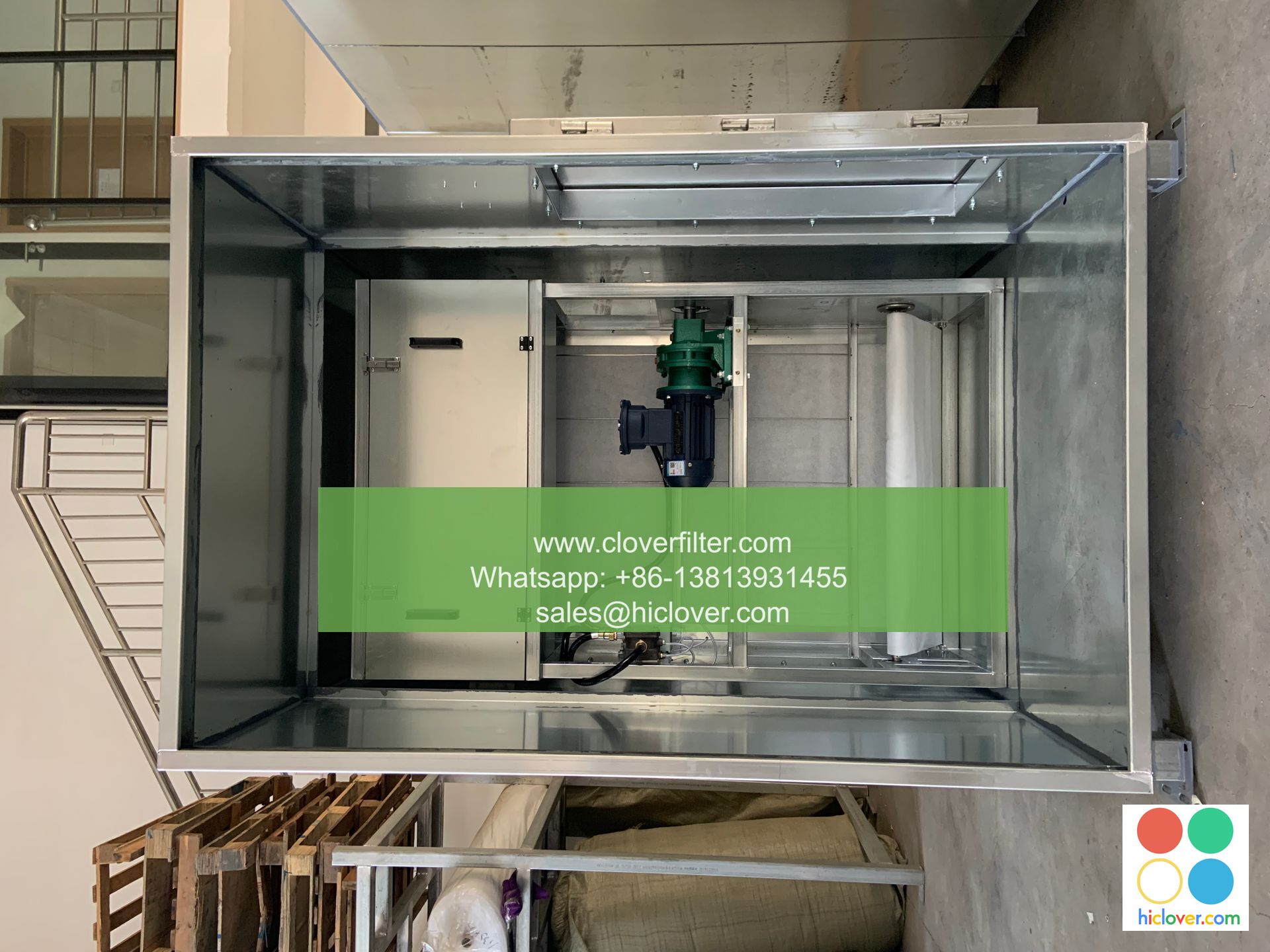Technology and Design Improvements

Technological Breakthroughs Redefining the Landscape of Design
Advancements in Computer-Aided Design (CAD)
In today’s fast-paced world, the convergence of technology and design is revolutionizing various industries. Advances in Computer-Aided Design (CAD) have transformed the way designers and engineers approach their work, enabling the creation of innovative and complex structures, products, and systems.
From Concept to Reality: CAD’s Evolution
CAD has come a long way since its inception in the 1960s. Initial versions of CAD software were clunky and lacked precision, leading to a degree of human error in the design process. Today, with the advent of computer-aided design and 3D printing, designers and engineers can rapidly create, analyze, and prototype their designs, streamlining the process and increasing accuracy.
Real-Time Data Visualization and Virtual Reality (VR)
With the proliferation of data, visualizing and understanding complex information is becoming increasingly essential. Data Visualization technologies enable designers and engineers to identify patterns, relationships, and insights from large datasets, allowing them to make data-driven decisions.
Augmented Reality (AR) and Virtual Reality (VR) technologies further enhance the design process, allowing users to experience and interact with their designs in immersive, photorealistic environments. This innovative fusion of digital and physical space is redefining the design experience.
Material Science and Additive Manufacturing
The boundaries of material science are being pushed, enabling the creation of lightweight, high-performance materials and additive manufacturing (AM) technologies that allow for on-demand production. AM enables rapid prototyping, reducing production cycles and increasing sustainability.
Robotics and Internet of Things (IoT)
Artificial Intelligence (AI)-powered robots and IoT devices are transforming the manufacturing landscape, improving efficiency, quality, and supply chain management. Autonomous robots assist in production processes, while AI-powered analytics streamline production, optimizing processes and minimizing waste.
Impact on Industries
The synergy of technology and design has significant implications for various industries, including:
**Aerospace: Improved performance, reduced weight, and enhanced durability in aircraft and spacecraft components.
Architecture: Innovative structures, energy-efficient designs, and smart buildings with integrated systems and sustainable materials.
Automotive: Lightweight components, improved safety features, and advanced driver assistance systems.
Healthcare: Customized medical implants, minimally invasive procedures, and data-driven treatment protocols.
Consumer Products: Affordable, sustainable, and adaptive products, such as 3D-printed hearing aids and wearable technology.
Conclusion
As technology and design continue to evolve, we can expect even more groundbreaking innovations. The fusion of CAD, AR, VR, data visualization, material science, robotics, and IoT is rewriting the rules of design, opening doors to limitless possibilities. Embracing this convergence will pave the way for sustainable, efficient, and game-changing products, systems, and experiences. The future is full of promise – and the horizon is bright with limitless potential!
I’m here to help! What would you like to talk about, ask, or accomplish?

